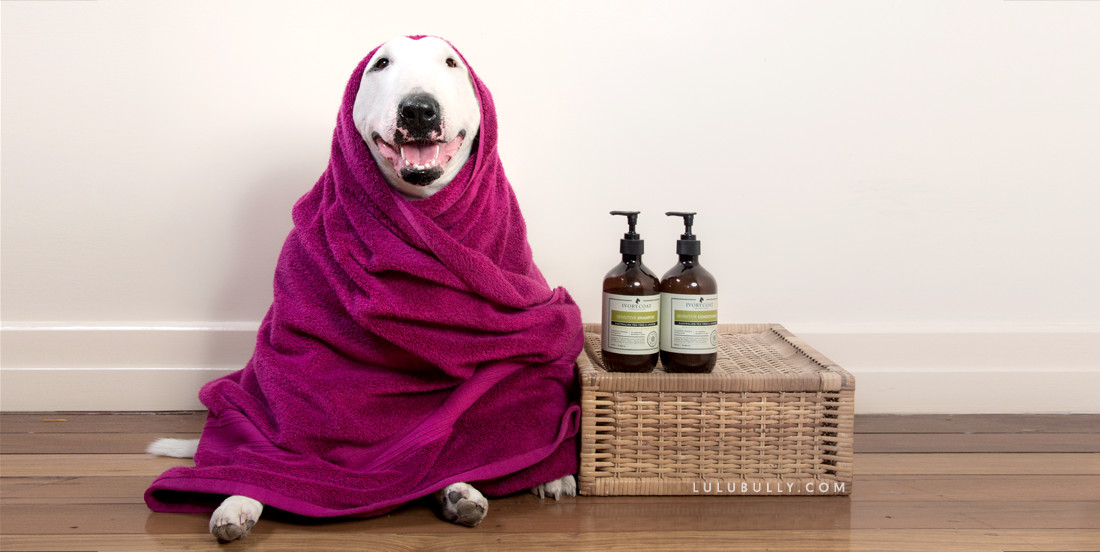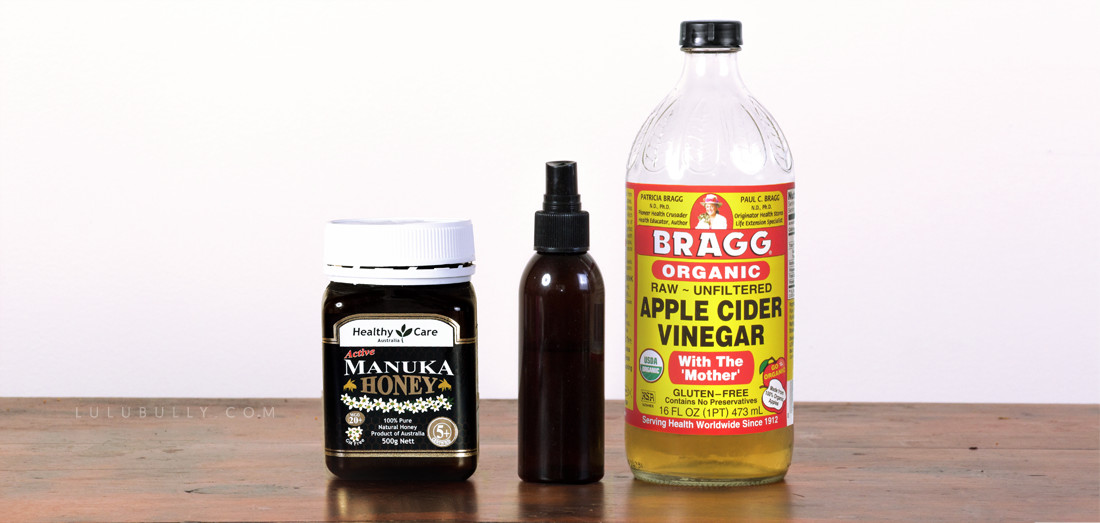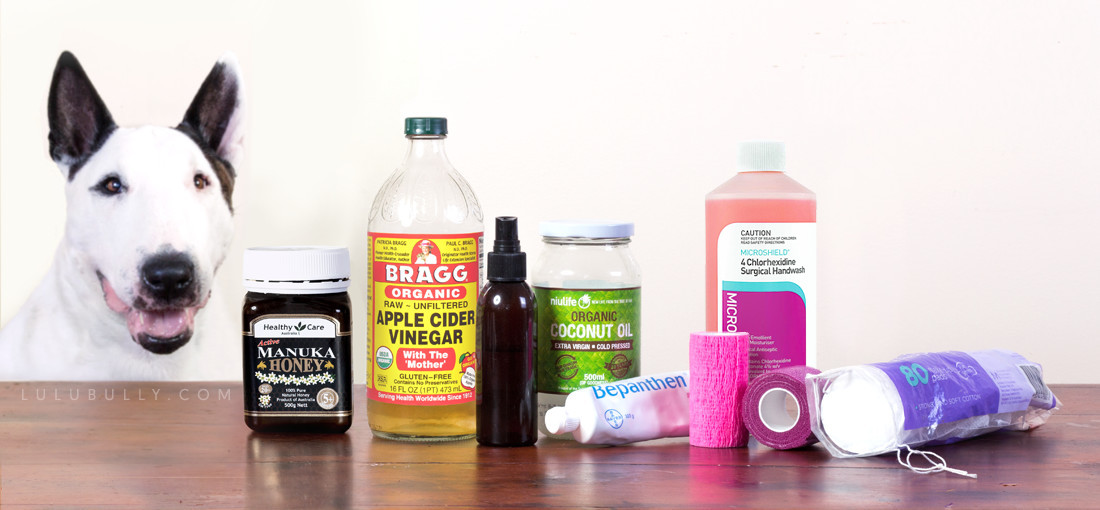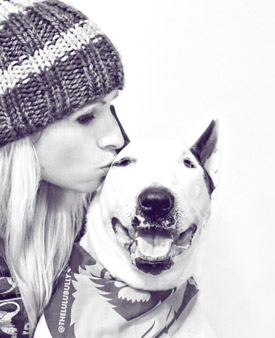HOTSPOTS BE GONE!
Natural Prevention & Treatment of Eczema, Pyoderma (hotspots) & Pododermatitis (foot sores).
This page is dedicated to the many lovely bull terrier owners I’ve met, both on social media and in real life, who struggle constantly with their bully’s skin and foot health, battling recurring eczema, pyoderma and pododermatitis.
So why is it such a struggle? Here’s a little insight from the Lulu’s Menu page:
It’s easy to forget that bull terriers are a young breed. The form of the breed we know today has developed rapidly over just 150 years. From the perspective of animal husbandry, inbreeding is unavoidable in this kind of rapid intentional development. This means that often, for the sake of aesthetic conformation, anomalies that can’t be seen – mutations like genetic polymorphisms (SNPs) – get entrenched in the breed as certain blood lines are repeatedly overlapped. The global bull terrier gene pool is a relatively small one – and subsequently the same immunodeficiencies, food and environmental sensitivities are prolific in bullies in every corner of the world.
I so often get asked what it is I do to keep Lulu’s skin so healthy. The answer is simply that I think about it holistically. That means understanding that these skin issues are just a symptom of a greater imbalance, rather than an isolated condition. Finding and addressing the underlying issues causing that imbalance can having a dramatic effect on your dog’s skin health and quality of life, leaving you relieved, empowered and saving a lot in vet bills!
The truth is that there’s no one thing that will put an end to the the itchies, sores, infections and discomfort, it has to be a combined effort. After a lot of trial and error and fine-tuning over Lulu’s lifetime, I’ve found a combination of things that work together beautifully allow her to live a happy, carefree life with beautifully healthy skin and coat.
PREVENTION
FOOD OF THE DOGS
The integral first step: make the shift to a dairy-free, grain-free diet (going gluten-free isn’t enough – this means no rice, oats, quinoa, buckwheat or rye), rich in good oils and probiotics. If you can change the way you think about your dog’s diet you’re well on your way saying no to another tube of cortisone cream or yet another prescription for antibiotics.
It’s also very important to note here that the type of meat you choose for your dog can play a big role in their health as protein specific food sensitivities are becoming more and more common in dogs. Due to generation after generation of dogs being fed poor quality commercial dog food (our grandparents and parents didn’t have the information we have now!), that ‘food’ causing damage to stomach linings and immune systems, and those issues being imprinted in the form of genetic mutations and passed down to present our day puppies, it’s now not at all rare to find your dog may have a sensitivity to beef, chicken or lamb. So if you do have a dog with any skin, allergy, early-onset arthritic or immune issues it’s really important to do an elimination diet for each of those proteins for 6-8 weeks at a time to rule out sensitivity. Lulu had a beef sensitivity which effected her skin, sinuses and mobility significantly. If she had so much as a mouthful of steak from someone’s plate within a few days she’d break out in either hotspots or foot sores, get a runny nose or itchy ears and becomes noticeably less agile. I know of other bullies who also have beef sensitivities, and my mother’s spoodle is very sensitive to lamb (throws up, gets very itchy). Whether or not you discover your dog has any specific protein specific sensitivities I always recommend mixing up protein sources (avoiding sensitivities of course) as much as possible and feeding some of the more obscure meats when possible like rabbit, venison, turkey, chevon (goat), wallaby, kangaroo or fish.
I can’t stress enough that diet is the foundation for healthy skin and promoting appropriate immune response (helping to alleviate allergies). It doesn’t matter what else you do to prevent and treat skin issues, if the diet isn’t hypo-allergenic and supportive those hotspots will just keep popping up – and we all know how soul-destroying that can be.
The digestive tract is the largest immune reactive surface in a dog’s body. It is your dog’s first line of defence, exposed daily to pathogens, viruses, fungi (yeasts and moulds), bacteria and food particles. It’s no secret that a large part of the bull terrier population has intrinsic food sensitivities. When the immune system becomes stressed by the toxic load from incompatible food (grains, dairy, chemical additives, fillers) a dog’s natural defences can become more and more compromised and reactive. When a dog’s gastrointestinal (GI) tract is healthy, it allows for the absorption of vitamins, minerals and amino acids, strengthening and balancing the immune system to protect against the allergens, bacteria and mycobacteria at the root of eczema and pyoderma.
Don’t know where or how to start changing your dog’s diet? For a detailed outline of what I feed Lulu for healthy skin head to the Lulu’s Menu page.
For those whose life just just doesn’t allow the time to cut up fresh veggies and meat or add supplements, don’t worry, there are still solutions! There are wonderful conscientious companies out there like Ivory Coat and Sunday Pets making truly high quality and genuinely hypo-allergenic food that can form the basis of a skin health diet. Lulu gets 1/2 cup (approx 125gm) Ivory Coat Turkey & Duck or 6-7 Sunday Pet Tasty Holistic Grain Free biscuits after she’s had her daily fresh meat, veggies and supplements. But for those compromised by time, if all you can do is make the switch to a truly hypoallergenic filler-free, dairy and grain free food like Ivory Coat or Sunday Pets Tasty Holistic as a complete meal then that’s still a big step in the right direction.
CLEANLINESS IS NEXT TO DOGLINESS
With the hypoallergenic diet nailed the next step is all about giving the skin itself some regular TLC.
It’s easy for environmental allergens and irritants to build up in the coat and on the skin, especially during summer and changes of season. Removing these unwelcome little troublemakers regularly can provide a lot of relief for itchy, dermatitis-prone skin. The key is to do so without drying out the skin, disrupting the natural oil balance or PH, or irritating the skin with sulphates, parabens or other chemicals. The ideal combo is to feed a diet rich in good oils (ie. omega-3, omega-9, lauric acid) and bath once or twice a fortnight with a quality natural dog-specific, soap-free, hypo-allergenic shampoo.
I’ve found that the best shampoos are natural, but that all natural shampoos are not equal. The natural anti-parasitic oils, like neem oil, added to some canine cleansers can irritate sensitive bully skin, as can formulas with a high-percentage of tea-tree oil. Of all the shampoos and conditioner combos we’ve tried over Lulu’s lifetime, one stands head and shoulders above the rest. Ivory Coat’s Sensitive Shampoo and Conditioner combo is just beautiful to use and the calm, pale, moisturised and happy bully skin it leaves in its wake is enough to make any bully owner smile with joy (and relief)! I can’t recommend their ‘Sensitive’ combo more highly. It’s soap-free with gentle natural oils, soothing calendula, and less than 1% Tea Tree – the balance just feels perfect and, for Lulu, the results have been amazing. I’m seriously impressed with both Ivory Coat’s nutritional and grooming products, and their philosophy – so glad to have found them!

WELL DRESSED
As delicious as it is in salad dressings, Apple Cider Vinegar and Manuka Honey can be equally wonderful as a ‘dressing’ for your bully!
I’ve mentioned the internal use of organic unfiltered ACV and medicinal Manuka Honey in Lulu’s Menu. They’re also both an absolute must-have in our Tool Kit for topical treatment and prevention of skin issues. Applied topically in a 1:3 (ACV:water) mix as an all-over rinse, or 1:1 (ACV:water) + 1/2 tsp Manuka honey (in a 120ml bottle) as a spray for localised areas the effect it can have on stubborn eczema and even full-blown pyoderma (hotspots/staphylococcus) can be quite incredible. I mix 1/3 tsp of UMF 5+ Manuka honey with the veggies in Lulu’s daily meal. The effects of feeding Manuka honey have been particularly evidence in the resilience and repair of Lulu’s sensitive, infection-prone skin. In the 6 months (including two changes of season) since I started feeding Manuka honey in her daily meal we’ve had no rashes, eczema, dermatitis or hot spots and any grazes or insect bites have healed super fast without infection. I’m not entirely sure how I managed with Lulu’s skin prior to using ACV and Manuka honey!
For years now ACV has been well known amongst the global community of human eczema sufferers as having quite miraculous results. Many times I’ve heard from people in real life and on online forums who tout it as their personal ‘cure’ for eczema. Aside from beneficial bacteria, riboflavin, mineral salts and vitamin B1, the rich acetic acid content of unfiltered ACV packs a mighty anti-bacterial and anti-fungal punch. Our homemade topical ACV+Manuka honey spray has often been the ONLY thing that has stopped Lulu’s atopic dermatitis in its tracks.
Read more about topical ACV spray as a treatment for hot spots further down the page.
GETTING IT LICKED
As a breed, bull terriers are prone to OCD licking – particularly of their feet. Whether licking is brought on by anxiety, itchy environmental irritants, or an incompatible diet, either way, it’s a habit that can bring on, or contribute to, eczema and pododermatitis (foot sores). If a bully’s feet or legs are stained orangey-red, that’s a strong indication that they need help to curb their licking problem. Teaching a ‘no licking’ command using positive reinforcement can be really helpful and it’s never too late to start!
Another thing I find really helpful in relieving itchy feet (which can often be the initiating factor behind licking) is to massage a little Virgin Coconut Oil into the paws and a couple of inches up the legs. The oil is soothing and calming to dry, itchy, saliva irritated skin and the lauric acid in coconut oil is anti-fungal and antibacterial.






